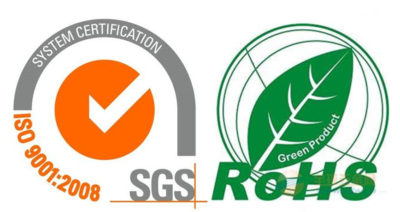Originally a very common non-special term from the activity of solution ions and the activity of enzymes, up to the functional activities of advanced life systems and physiological institutions. Activity refers to the nature of a viable activity.
Why activate activated alumina with aluminum sulfate?
Activated alumina is a white particulate porous adsorbent having a large specific surface area and is a relatively cost effective method for removing fluorine. It is an amphoteric substance with an isoelectric point of about 9.5. When the pH of the water is less than 9.5, the anion can be adsorbed, and when it is more than 9.5, the cation can be removed.
Therefore, activated alumina is an anion exchanger in an acidic solution and has a high selectivity to fluorine.
1. Activated aluminum can be activated with an aluminum sulfate solution before use to convert to a sulfate type. The reaction is as follows:
(Al2O3)n? 2H2O + SO4→(Al2O3)n? H2SO4 + 2OH
2. The reaction when removing fluorine is: (Al2O3)n? H2SO4 + 2F→
(Al2O3)n? 2HF + SO4
3. After the activated aluminum loses its ability to remove fluorine, it can be regenerated with 1%-2% aluminum sulfate solution: (Al2O3)n? 2HF + SO4
→(Al 2 O 3)n→H 2 SO 4 + 2F
The weight of fluorine adsorbed per gram of activated aluminum is usually from 1.2 to 4.5 mg, depending on the fluorine concentration of the raw water, the pH, the particle size of the alumina, and the like.

